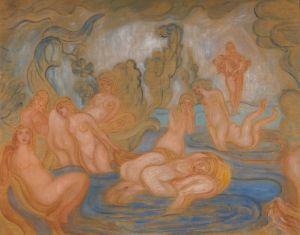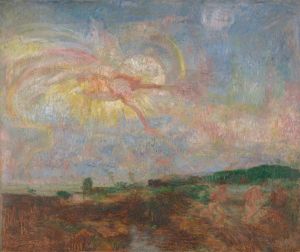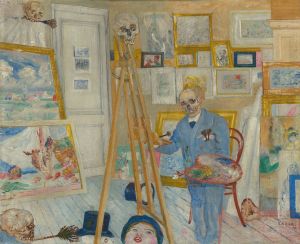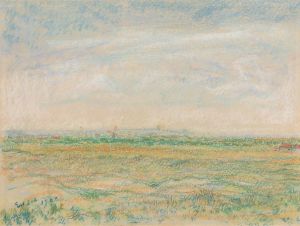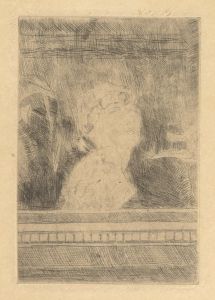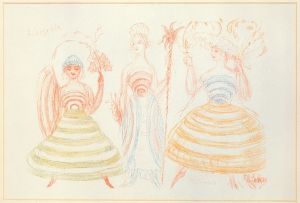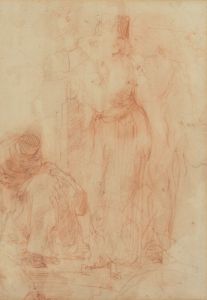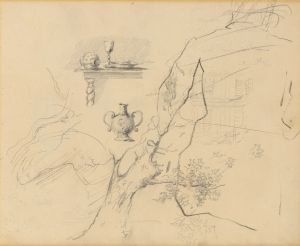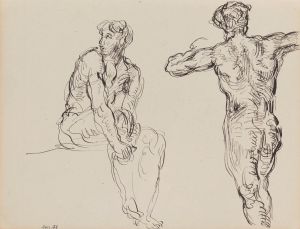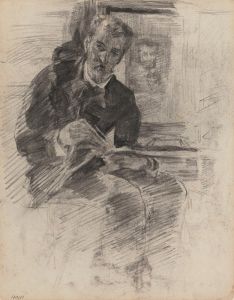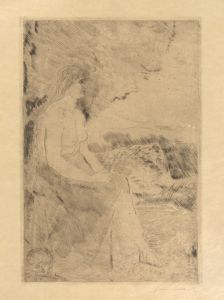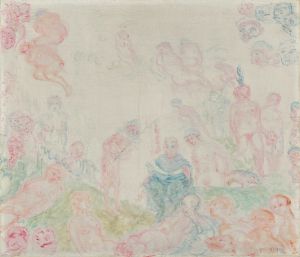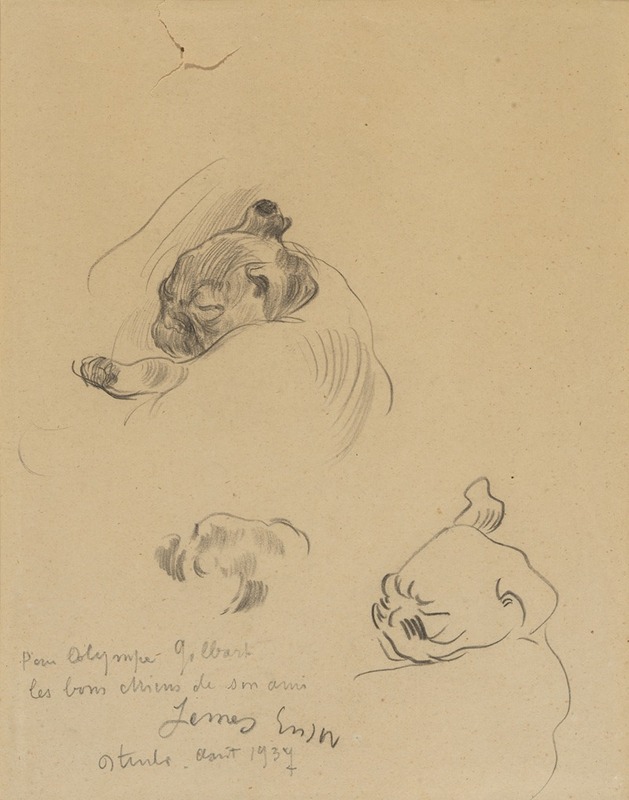
De honden
A hand-painted replica of James Ensor’s masterpiece De honden, meticulously crafted by professional artists to capture the true essence of the original. Each piece is created with museum-quality canvas and rare mineral pigments, carefully painted by experienced artists with delicate brushstrokes and rich, layered colors to perfectly recreate the texture of the original artwork. Unlike machine-printed reproductions, this hand-painted version brings the painting to life, infused with the artist’s emotions and skill in every stroke. Whether for personal collection or home decoration, it instantly elevates the artistic atmosphere of any space.
James Ensor, a Belgian painter and printmaker, is known for his unique and often macabre style that blends elements of symbolism and expressionism. One of his lesser-known works is "De honden" (The Dogs). However, there is limited information available specifically about this painting. Ensor's oeuvre is characterized by his use of vivid colors, grotesque imagery, and satirical themes, often critiquing societal norms and human folly.
Ensor was born in Ostend, Belgium, in 1860 and spent most of his life there. His early works were influenced by the academic style, but he gradually developed a more personal and distinctive approach. By the 1880s, Ensor began to incorporate more fantastical and surreal elements into his art, drawing inspiration from Flemish traditions, carnival masks, and the macabre.
"The Dogs" fits within Ensor's broader body of work, which frequently includes animals, masks, skeletons, and other symbolic figures. These elements are often used to convey deeper meanings about human nature and societal issues. Ensor's fascination with masks and the grotesque can be traced back to his childhood experiences in his family's curiosity shop, which sold carnival items and exotic artifacts.
Ensor's work was not always well-received during his lifetime. His unconventional style and provocative subject matter often alienated him from the mainstream art community. However, he was a member of the avant-garde group Les XX (The Twenty), which provided a platform for his work to be exhibited alongside other progressive artists of the time.
Despite the initial resistance, Ensor's contributions to modern art were eventually recognized. In 1929, he was awarded the title of Baron by King Albert I of Belgium, and his work gained greater appreciation in the art world. Today, Ensor is considered a pioneer of modern art, influencing later movements such as expressionism and surrealism.
While specific details about "The Dogs" are scarce, it is likely that the painting reflects Ensor's characteristic style and thematic concerns. His use of animals, particularly dogs, can be seen in other works, where they often serve as metaphors for human behavior or societal critique.
Ensor's legacy continues to be celebrated, with his works housed in major museums and collections around the world. The Royal Museum of Fine Arts in Antwerp and the J. Paul Getty Museum in Los Angeles are among the institutions that hold significant collections of his art. Ensor's influence extends beyond painting, impacting literature, theater, and other forms of artistic expression.
In summary, while specific information about "De honden" by James Ensor is limited, it can be contextualized within his broader body of work, which is known for its vivid colors, grotesque imagery, and satirical themes. Ensor's unique style and thematic concerns have left a lasting impact on the art world, cementing his place as a significant figure in the history of modern art.







